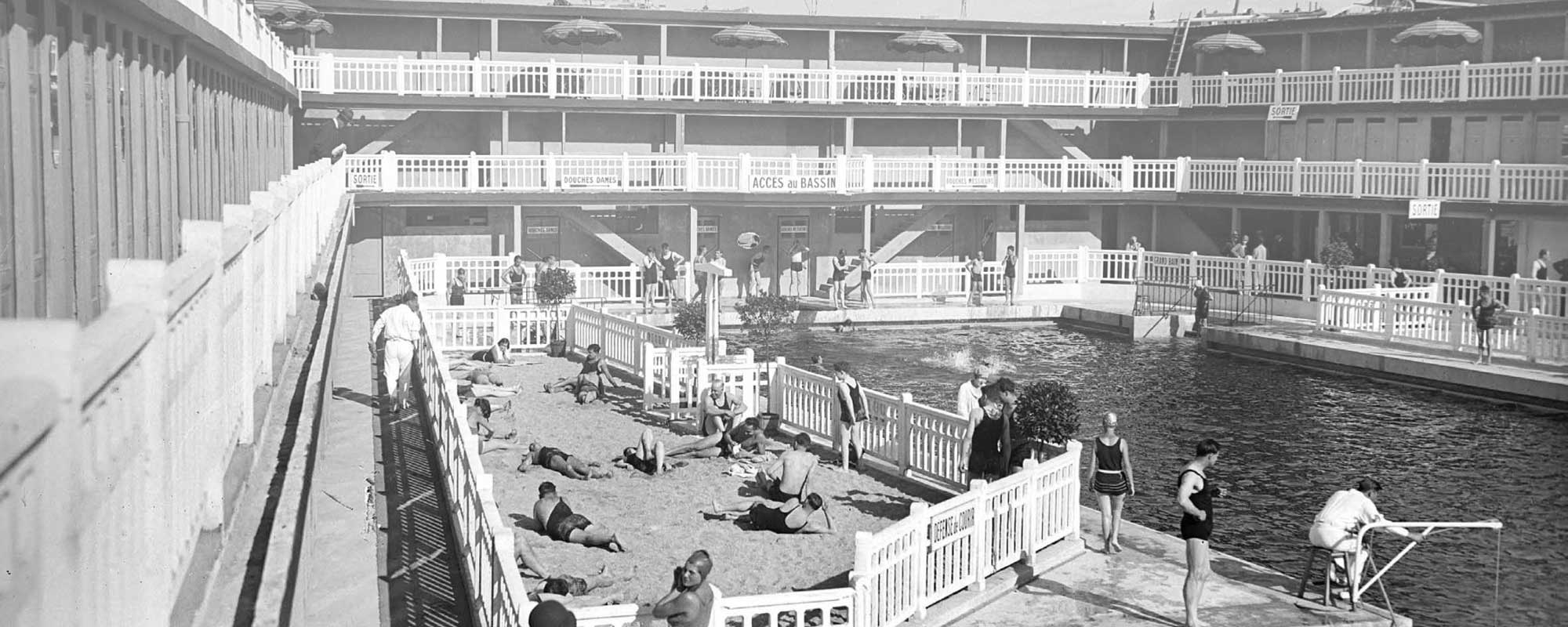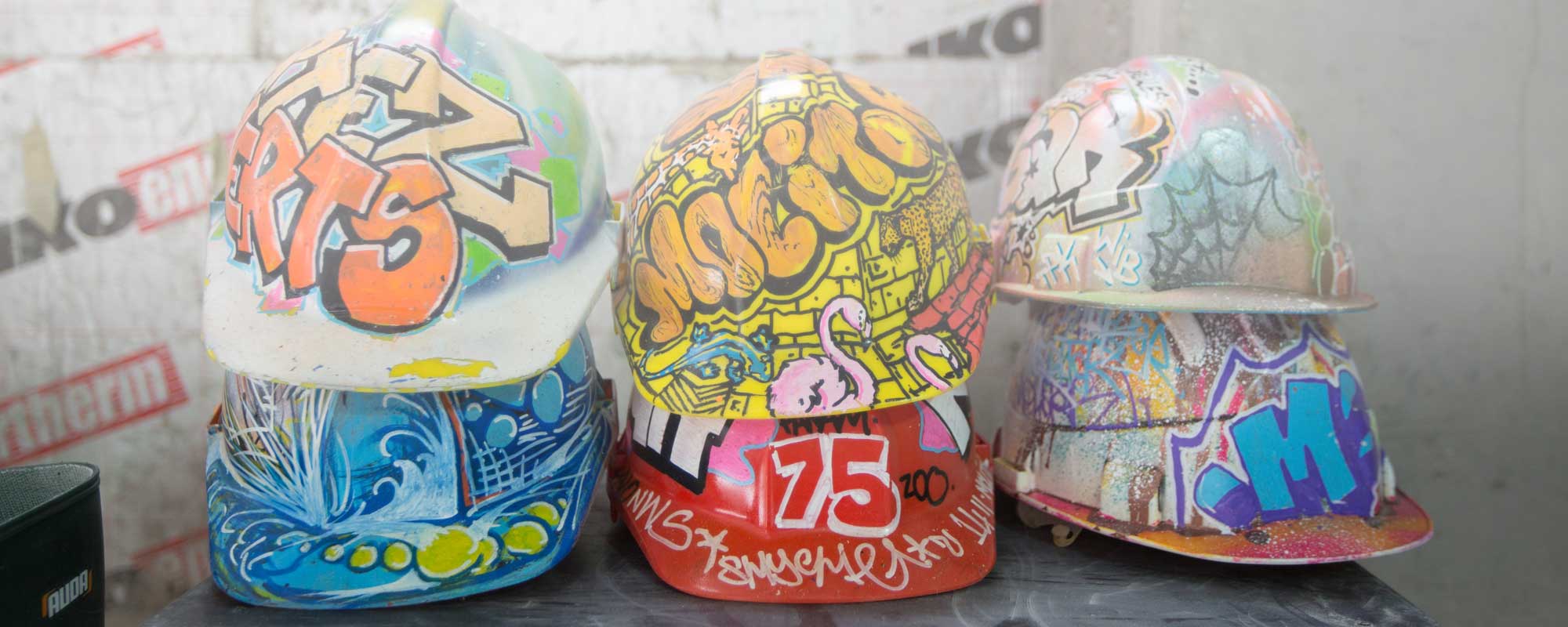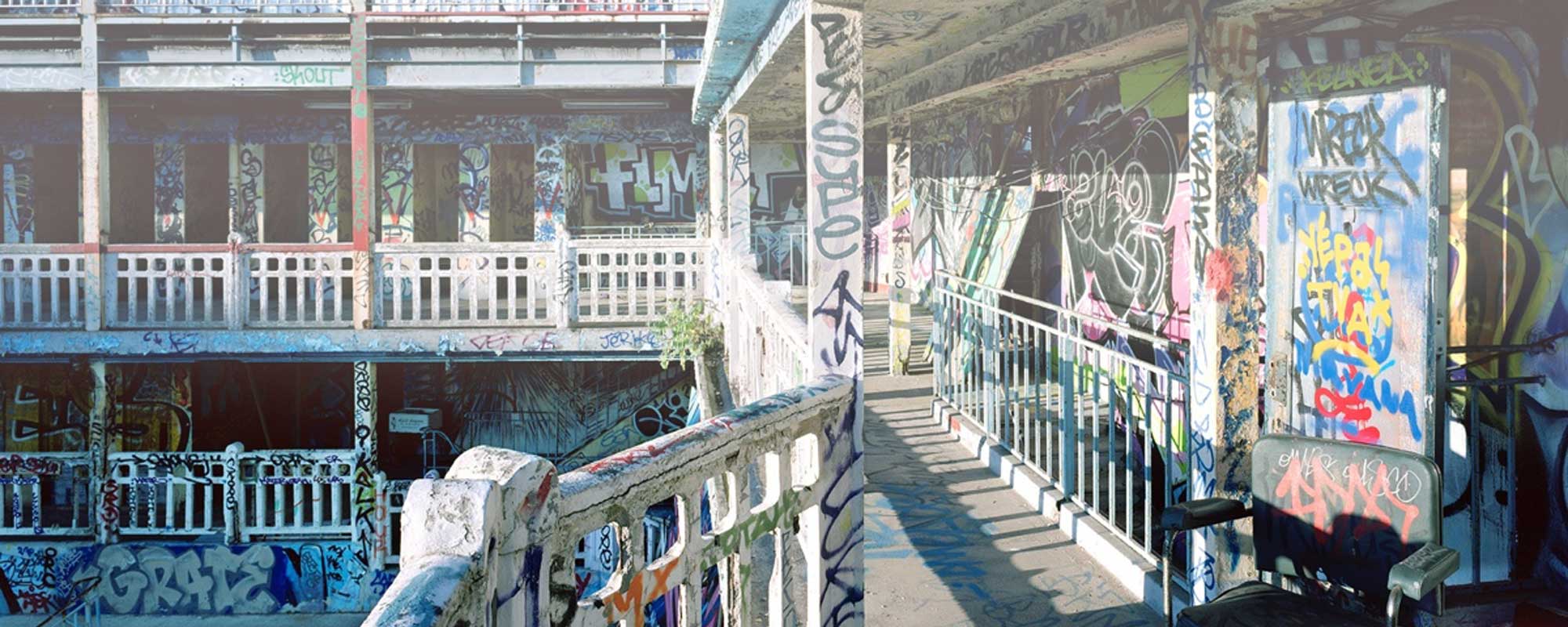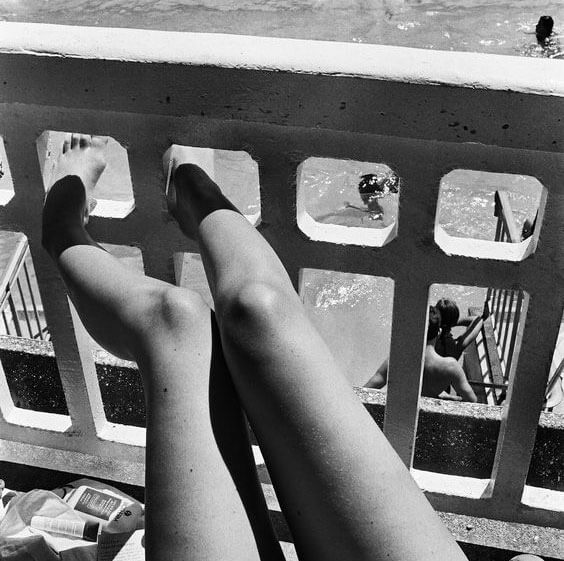




Molitor first opened in 1929, for 60 years it was Paris' most popular swimming baths, known for its two swimming pools and its avant-garde atmosphere.
It closed in 1989 and was classed as a listed historic building, then it was used by artists who transformed the abandoned building into a Mecca for the Parisian underground.
MOLITOR has always been an audacious and constantly evolving location for those who want to experience the unusual. This is what has created the soul of MOLITOR and built up a legacy which calls out to be shared with the world.
Once upon a time in the West end of Paris, a most unusual building came into being. A simple concrete triangle surrounding a place where Parisians could come to swim and bathe all year round, or ice-skate, play golf, do sporting activities, sunbathe or just socialise.
The "piscine Molitor Grands Etablissements Balnéaires d’Auteuil" first opened its doors in 1929, completing an immense sporting complex in the 16th arrondissement alongside the Parc des Princes, Jean Bouin Stadium and Roland Garros. To solidify the sporting context of the Molitor Swimming pools, the five times Olympic medallist Johnny Weissmuller was invited to the opening and worked there as life-guard during the summer of 1929.
But Molitor quickly released itself from its principal intended use, gradually transforming itself into a place for socialising and events: the artists' gala was held at Molitor in 1931, from 1934 it was the annual venue of the "Fête de l'Eau" and its bathing beauty contest, not forgetting the restaurants, bar-tobacconist and hairdressing salon which surrounded this otherworldly swimming pool.
The indoor pool is a faithful reproduction of the original pool designed by the Molitor's architect Lucien Pollet. He had his offices just to the right of the original entrance to the indoor pool; today this is the entrance to the Villa Molitor.


“ That was certainly the best time of my life. The ambience was wonderful, we worked from 7am to 7pm, we were four boys and we got on fantastically well together and what's more we earned a pretty good living which was no small thing. We were not salaried, but we collected the money for the cabin rentals and tips, that went into a pot that we shared that out amongst ourselves. There were a lot of regulars who would come early in the morning to reserve their cabins (always the same one). The tool of our trade was the key that opened the cabins; I kept mine as a souvenir.
We were so used to working there that by just knocking on the cabin door, "tap-tap", we could immediately tell if it was empty and free for use or if there were clothes inside.
”
The memories of Dominic Thomas, cabin boy at Molitor, taken from "MOLITOR The swimming pools and skating rink" by Claude Weill.
The decline of the Molitor swimming pools started in the 1970s with the closing of the skating rink which had replaced the indoor pool. It had taken a month and a half to install this new attraction for the Parisians but it only operated for five months. The financial loss was enormous.
Then the water filtration system started to break-down, chlorine had been steadily eroding the concrete since 1929 and the glass roof of the indoor pool needed renovation... Jean-Paul Philippon's architect's report told a sorry story. The works required to restore the swimming pool would oblige the Management of the Molitor swimming pools to extend the leasehold and a re-negotiate operating rights. The Paris City Council refused. Then in 1989, on the leasehold's official termination date, the management returned the keys of the Molitor to the City Council who closed down the establishment for the foreseeable future.
Whilst the Molitor swimming baths had closed its doors, they would soon be re-opened clandestinely... an abandoned building in Paris never stays abandoned for long.
At first graffiti started to appear on the outside walls of the Molitor, then on the railings, inside the drained swimming pools and after about a decade new colours were now decorating and bringing life to the abandoned building. These were the first graffiti works by street artists who have since become very well known to the general public, the site became an immense open-air artist's studio. Numerous photographers immortalised these ephemeral works by Reso, Shaka, Katre, Kashink, Jace, Nosbé... there were too many to list them all here.
The site also became a venue for concerts, parties, fashion shows organised through the "Compagnie des Maîtres-Nageurs".


But the Paris City Council had not completely forgotten Molitor. In 2007 a tender process was announced for the restoration and operation of the building, which by then had been abandoned for almost 20 years. This was awarded to Colony Capital, associated with Bouygues Construction and Accorhotels, and their project proposal promising to faithfully restore the building's original architecture and preserve its historic nature.
Works began in 2011, the whole of the swimming pool had to be demolished, its foundations and concrete were in no condition to stand much longer. Only the Rotonde and the entrance at 2 Avenue de la Porte de Molitor could be saved.
The Molitor swimming pools were rebuilt as faithfully as possible; many swimmers who had known them in their heyday easily recognised the forms of the balustrades, the mosaics and the colours. The daughter of the original architect, Lucien Pollet, who had lived in Molitor, emotionally observed that almost nothing about the indoor pool had changed compared to what she had known: a true testimonial to the quality of the work of the project's architects, historians and craftsmen.
Molitor re-opened its doors on 19 May 2014.
The Paris City Council awarded operating rights for the building to Colony Capita and the AccorHotels Group for duration of 54 years.
Molitor is now much more than just a swimming pool.
It is a hotel with 124 rooms and suites, all designed by the architect Jean-Philippe Nuel as genuine cocoons of peace and calm, he also managed the redecoration of the Hôtel Dieu in Marseille, the Hôtel Mélia at La Defense (Paris) and the Cures Marines in Trouville. The rooms that surround the outdoor pool give guests the impression that Molitor is a huge cruise-ship.
It is also a restaurant, a bar, a rooftop open to everyone, proposing seasonal dishes made with fresh produce by the resident Chef and his crew. Pastry creations are a pleasure for both eyes and taste-buds.

There is also the 1,700m² Spa by Clarins which in addition to the private treatment rooms, has its own hammam, sauna, tea-room and reading room. The Molitor Club also proposes group sessions and year-round cultural events in addition to its many sporting facilities.
And finally, visitors can discover the Street Artwork which was such an integral part of Molitor's history, presented in the cabins of curiosity, on the walls of the hotel lobby or hidden in obscure corridor corners. The artists that knew Molitor during its abandoned period have been invited to return and leave their mark on the new buildings as an echo of the graffiti which covered its walls at the time.
When you enter one of the cabins surrounding the indoor pool you are plunged into the world of Hopare, Katre, Jace, Artiste Ouvrier, Mademoiselle Maurice, Kouka, Bradley Theodore, Mosko & Associés, Balder, Indie 184, Fred Calmets, Shuck One amongst many others.
Molitor's history continues to be written each day...
Today Molitor has 165 employees, 41% of whom are women and a Management Committee made up of 60% women.
The 2021 professional equality index for the year 2020 is 99 out of 100.